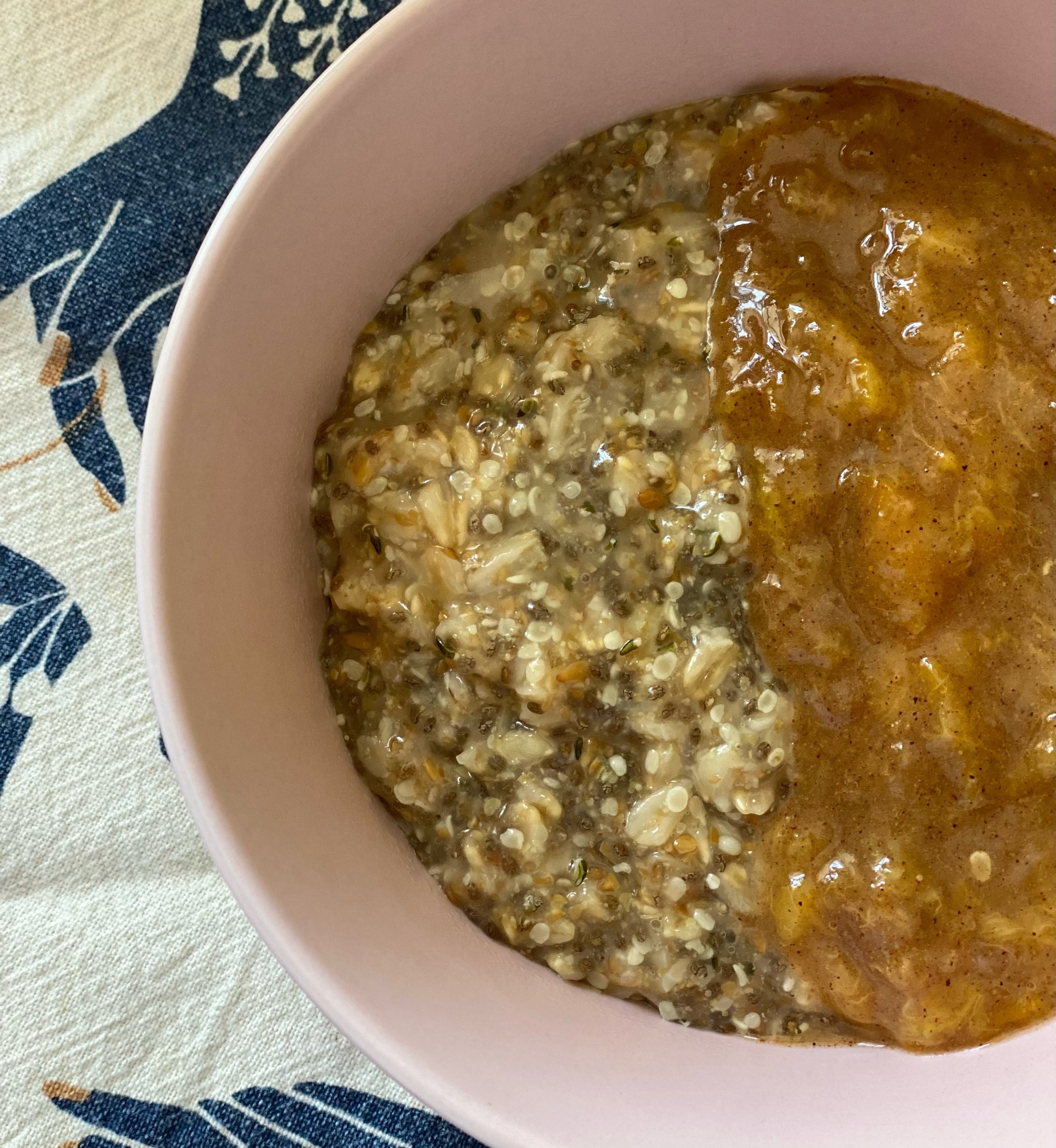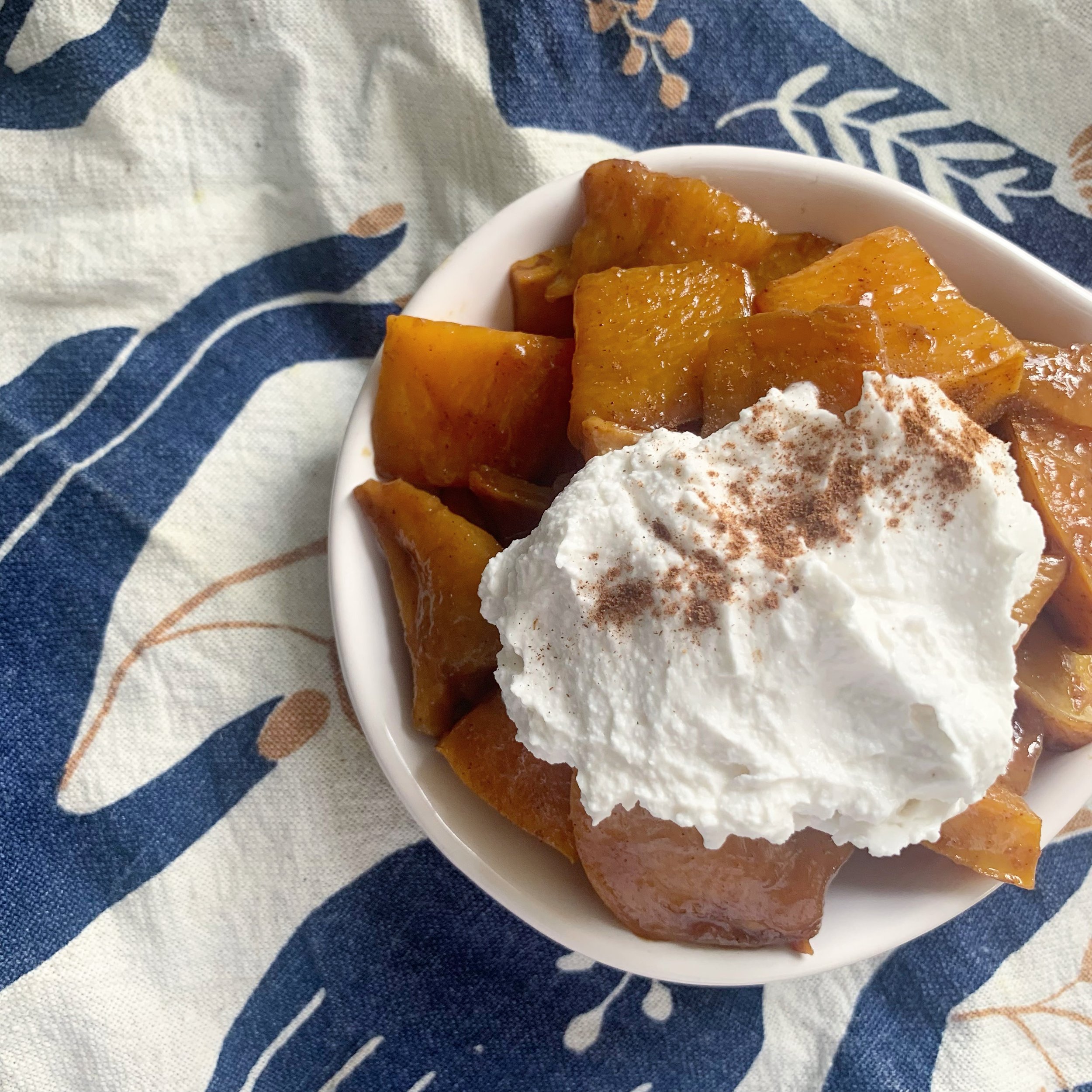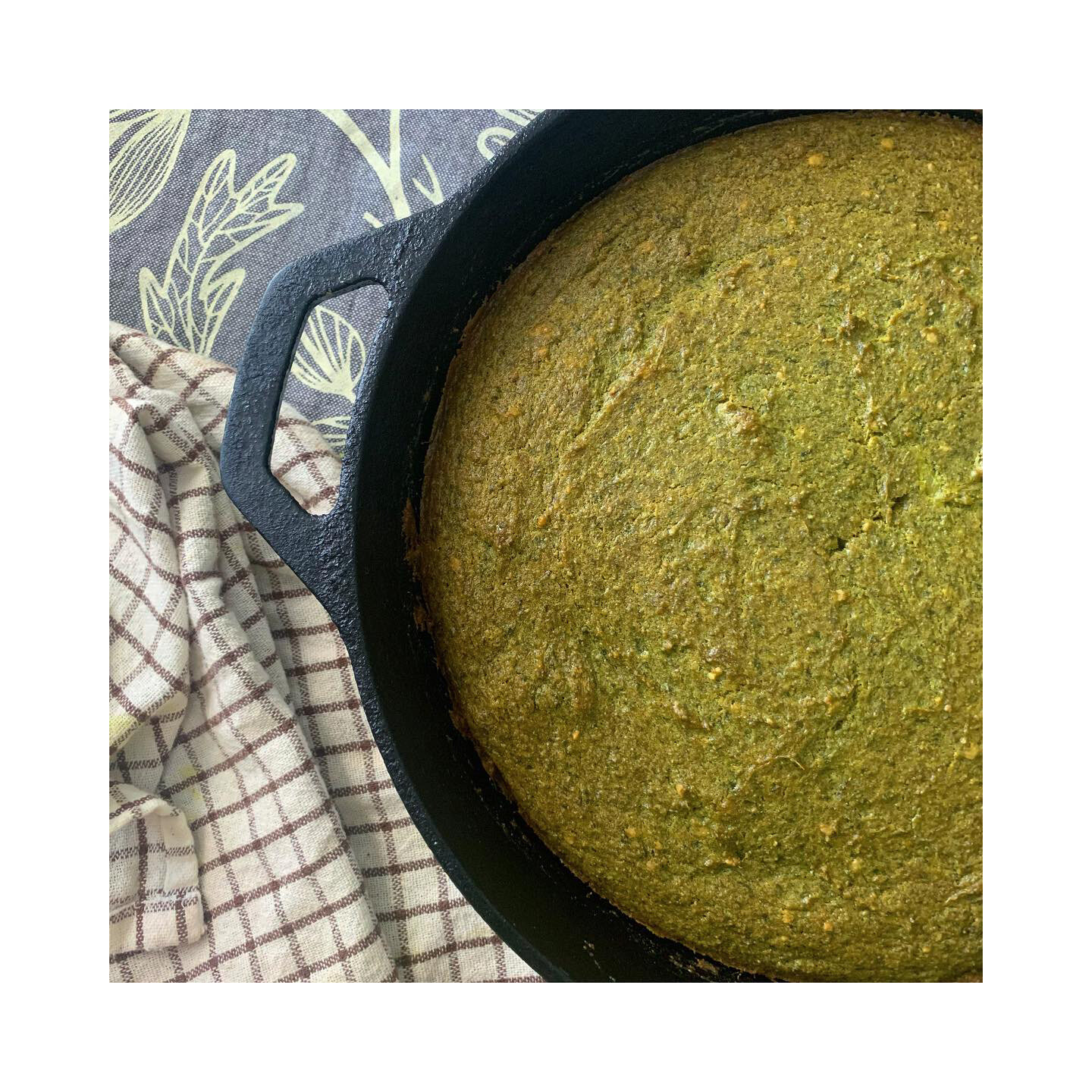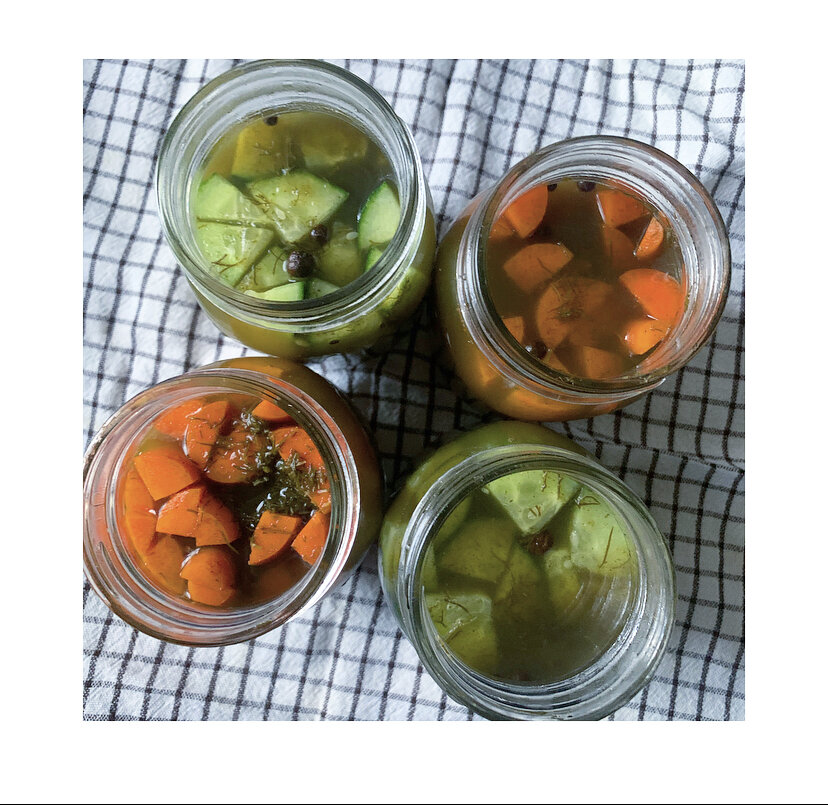There seems to be a conversation happening in the food wellness world around blood sugar and hormone balancing with an over emphasis on eating high amounts of protein, especially at breakfast. While this isn’t necessarily harmful advice, it is much more nuanced than that. Firstly if you think you have blood sugar or hormonal issues you should seek medical testing. Secondly we can consider the broader world and cultural food practices, we see that millions of people around the world start their day with simple carbs such as breads like toast, flatbreads, , assorted rice dishes/congee, rice and beans, corn breads/tortillas, and oats. It would be absurd to assume all these people are at best making poor health choices and at worst causing blood sugar related diseases. Is the high protein/hormone balancing fad perhaps diet culture in disguise as wellness?
In TEAM food philosophy there is more importance placed on 1) eating for your individual constitution and 2) eating in relation to the seasons. Warm breakfasts are advised throughout the year to keep your digestive energy optimal but we can customize them to reflect our bioregional food systems. Right now as we transition into autumn in the PNW stone fruits, berries, apples and pears are ripening and filling the farmers markets and grocery stores. All foods that help the body transition to fall by supporting the lungs and large intestines - the organs of the autumn season.
This has been my current warm breakfast base- oats with added seeds to nourish yin. If you are someone who likes extra protein you can add a scoop of protein powder and if the seeds are too expensive you can double the oats or even use white rice instead - I promise you will be healthy and nourished either way.
Warm Breakfast Base
1 cup oats
1/3 cup each ground flax, chia, hemp seeds
optional 1 scoop protein powder
Mix all ingredients in a large tupperware - makes 6 servings. To cook one serving add 1/3 cup cereal to 2/3 cup boiling water and cook for 3-5 mintues. Add desired toppings.
Stewed Stone Fruit
4-6 cups stone fruit de-pittedand chopped
1 tsp each - cinnamon, ginger, nutmeg, allspice
optional 2 -4 tbsp sugar or sweetener
Add everything to a pot and simmer on low heat until fruit has broken down into a thick sauce. Fill mason jars to can in a water bath if desired.
























